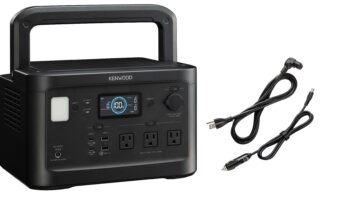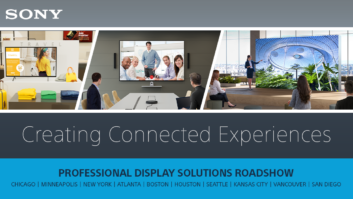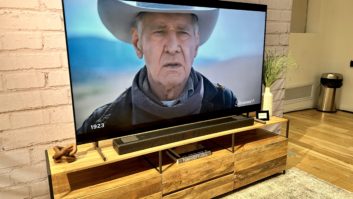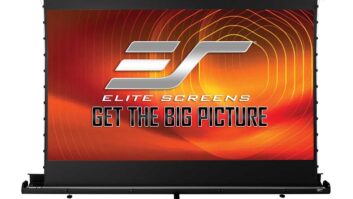Sony Computer Entertainment of America (SCEA) took advantage of the media attention on International CES during its traditional “Press Day” on the eve of the show to officially unveiled its PlayStation Portable (PSP) handheld game/entertainment device.
For all the anticipation surrounding Sony’s event, which was announced just before CES and held off-site at the Hard Rock Hotel, the company failed to disclose the two details everyone was waiting for: its retail price in North America, and the exact date it will arrive.
The event, which was run by SCEA president and CEO Kaz Hirai, featured an appearance by Sony BMG hip-hop artist Xzibit, who demonstrated how easy it was to move music from a PC to the device. Hirai said that PSP, which shipped in Japan on December 2, sold 510,000 units during its first 18 days on the market, and was on target to reach its goal of selling 3 million PSP units by the end of its fiscal quarter at the end of March. There were 18 titles available for the system in December, Hirai said, with 100 games now in development.
“The PSP carries the Sony DNA … its technology is on par with our consoles,” Hirai told the audience. “It offers 3D gaming that mirrors that of the PlayStation2.” Among the key market drivers, Hirai said, are original IP, which will allow game designers to take advantage of its unique features, interoperability with PS2 titles, which will allow gamers to transfer data between device, and “culturally relevant gaming” that has resulted in increasingly realistic games. The handheld includes IR and Wi-Fi capability, as well as USB 2.0 connectivity, and up to 16 gamers can connect simultaneously “The PSP is the first product to deliver on the convergence mantra,” Hirai told the audience.”
The executive also took a swipe at competitor Nintendo — which has essentially owned the handheld space since the debut of the original GameBoy back in 1989 — by saying that “the PSP will elevate portable gaming out of the handheld ghetto. The baton has been passed.”
Hirai didn’t take questions from the audience, so several questions remain unanswered, most importantly, how PSP will be priced in the United States, where Nintendo is already successfully selling its new handheld game system, the dual-screen Nintendo DS, which is projected to sell 5 million units by the end of March. Hirai did say that North American release of PSP will be “late in March, 2005,” but didn’t give an exact launch date, or speculate how many units will initially be available for that market.
Unlike the Nintendo DS, the PSP is a multi-purpose handheld entertainment system that can play 3D games, music and videos on its 4.3-inch 16:9 widescreen format color TFT LCD, which sports a 480 by 272 resolution.
In addition to built-in Wi-Fi (802.11b) wireless capability, IR and USB 2.0, the PSP accepts Duo or Pro Duo Memory Stick media. PSP plays new Universal Media Discs (UMD), a compact proprietary optical disc format that holds 1.8GBs of data. The system supports music in the MP3, ATRAC3plus formats and a UMD Audio profile, and MPEG-4 video (H.264/AVC MP Level3) as well as packaged media (UMD Video profile).
The PSP also utilizes Sony’s new icon-driven graphical user interface, XMB or the Cross Media Bar, which will be rolled out to other Sony electronics products. During the evnt, demos were offered from games including “Ape Escape,” “ATV Offroad Fury,” “Hot Shots Golf,” “NBA 2005,” “Twisted Metal: Head-On,” and “Wipeout Pure.”













